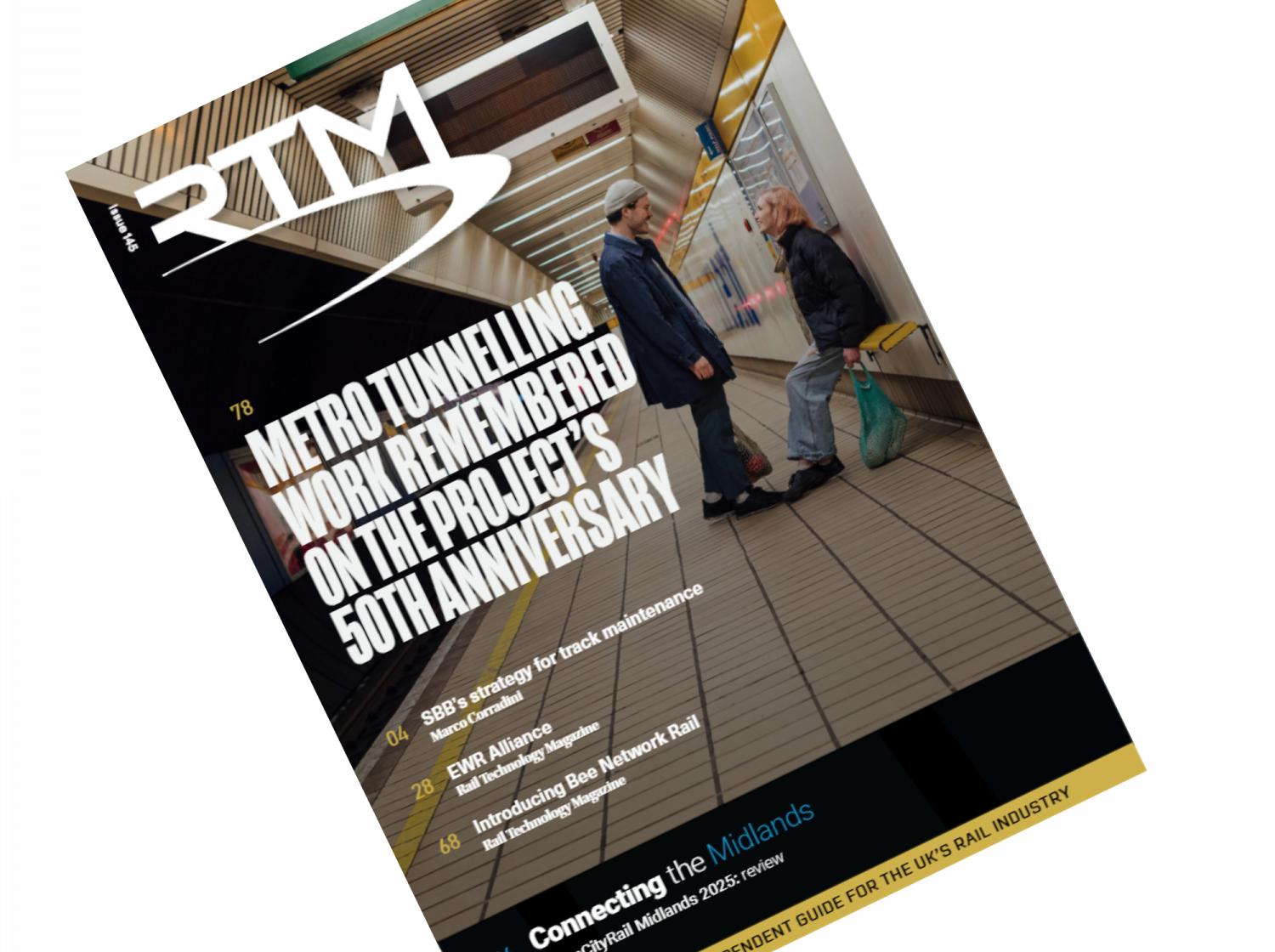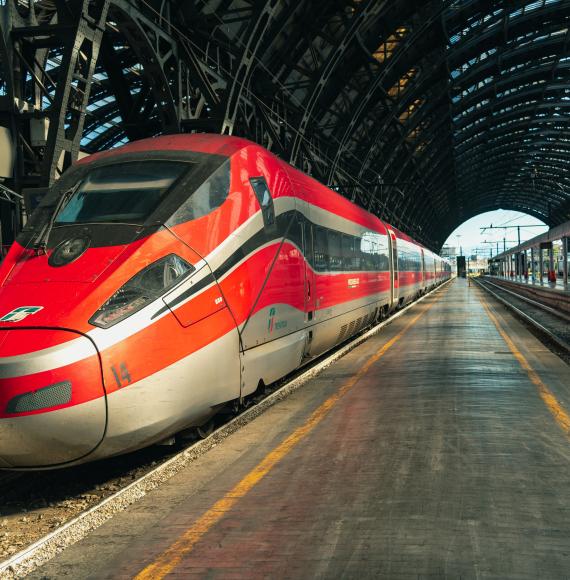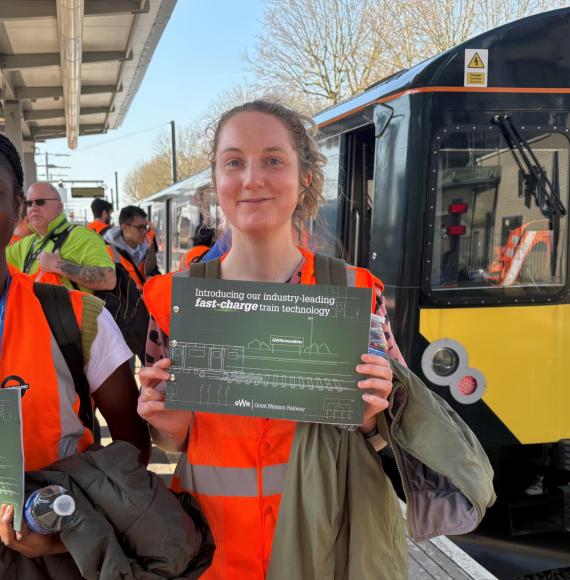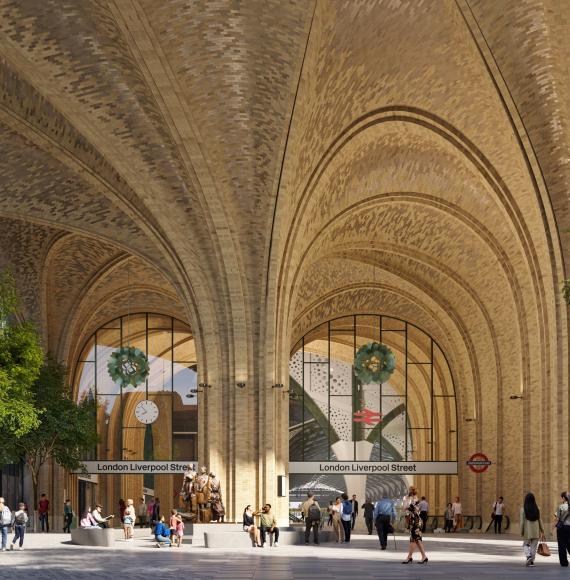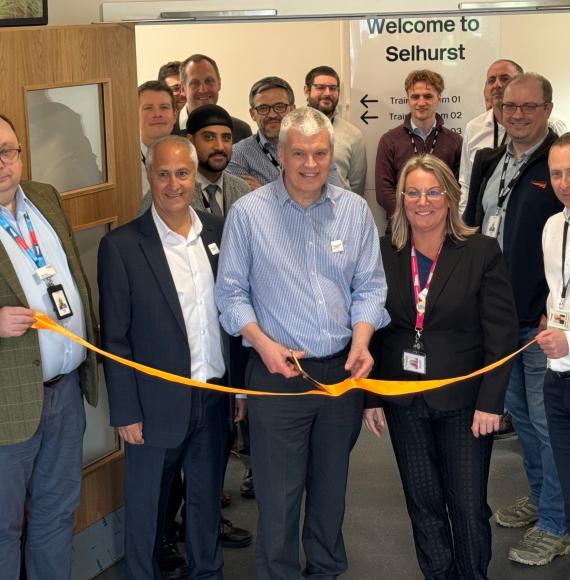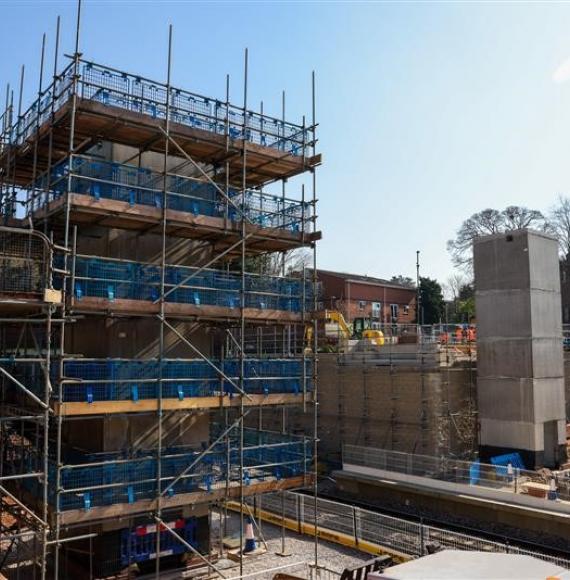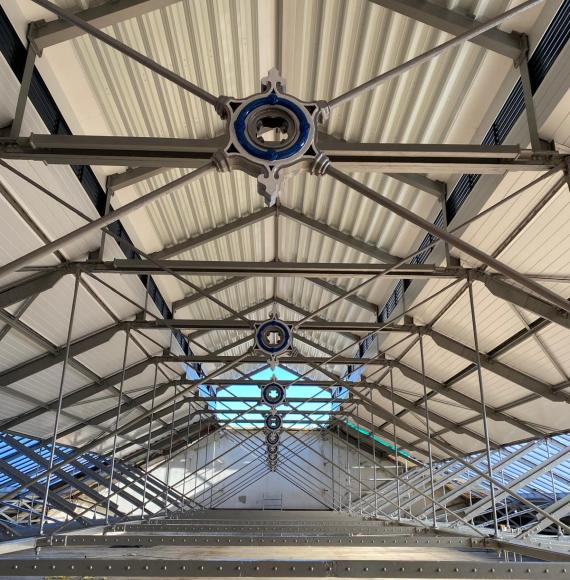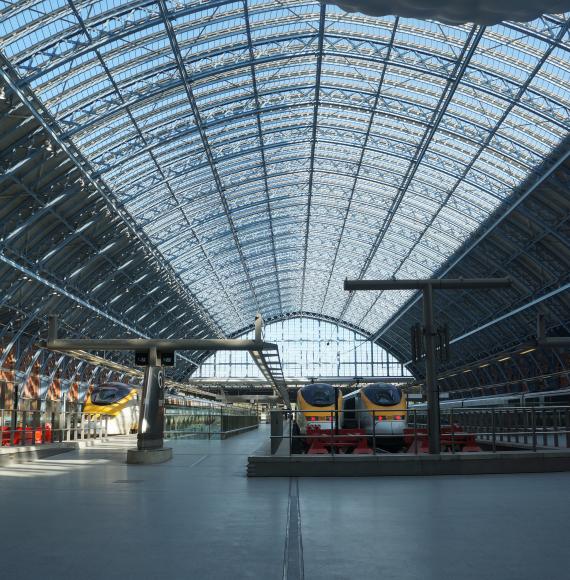Queensland Rail is using cutting-edge technology to map unseen parts of its huge network with ground penetrating radar (GPR) technology.
This innovative project involves surveying a staggering 4,600 kilometres of railway track across Queensland, unveiling hidden insights into the infrastructure's current and future conditioning.
Partnering with Zetica, a technology company specialising in subsurface imaging, the radar is mounted on to a track vehicle, which allows it to survey its surroundings and will monitor key sections of the track. This allows it to unearth valuable data previously obscured by ballast and earth.
This information will help the operator to proactively address potential issues.
"The radar helps us build a more accurate picture of the network, which is incredibly valuable to our safety and performance teams," said Neil Backer, Head of SEQ at Queensland Rail. "Through this groundbreaking technology, we're now able to pre-empt potential track problems years in advance."
Beyond safeguarding travel, the project also yields detailed asset maps and panoramic imagery of key network sections. This information will streamline maintenance, minimise disruptions, and optimize resource allocation.
"Without this technology, we would need to undertake asset sampling and therefore require access to large sections of track, meaning closures and disruptions to services," explained Backer. "Now, we're getting pin-point accurate data to allow us to perform ballast and formation assessment without those extensive track closures."
The survey's potential extends beyond immediate infrastructure improvements. The collected data will be further analysed using AI-driven technology to automate sleeper and fastener identification, further enhancing maintenance efficiency and safety.
“The radar was mounted on a track vehicle and taken on a 4600km journey covering the entirety of Queensland Rail's SEQ network, and major sections of our regional network.
"Aside from offering an incredible driver's cab view of some of the most picturesque parts of Queensland, it's given us an in-depth track view dataset, and imagery similar to Google Street view but for rail, which will be vital resources across the business.", added Baker.
Photo Credit: iStock



